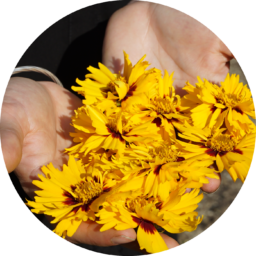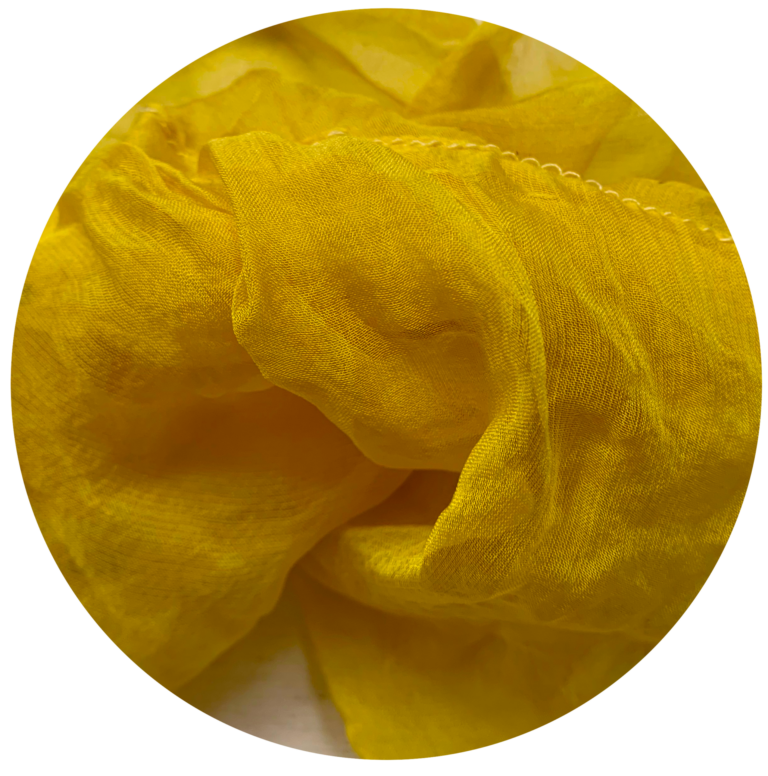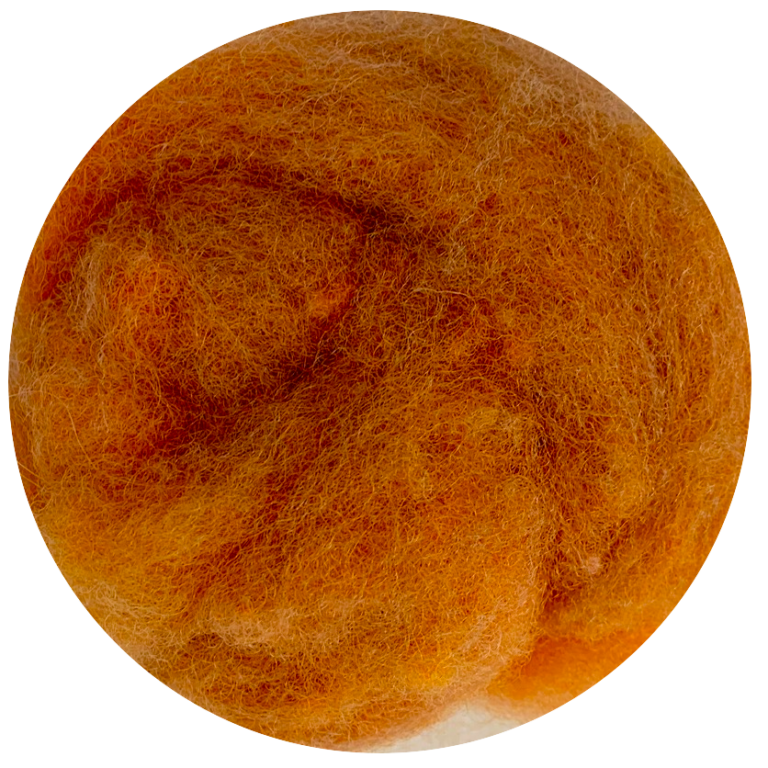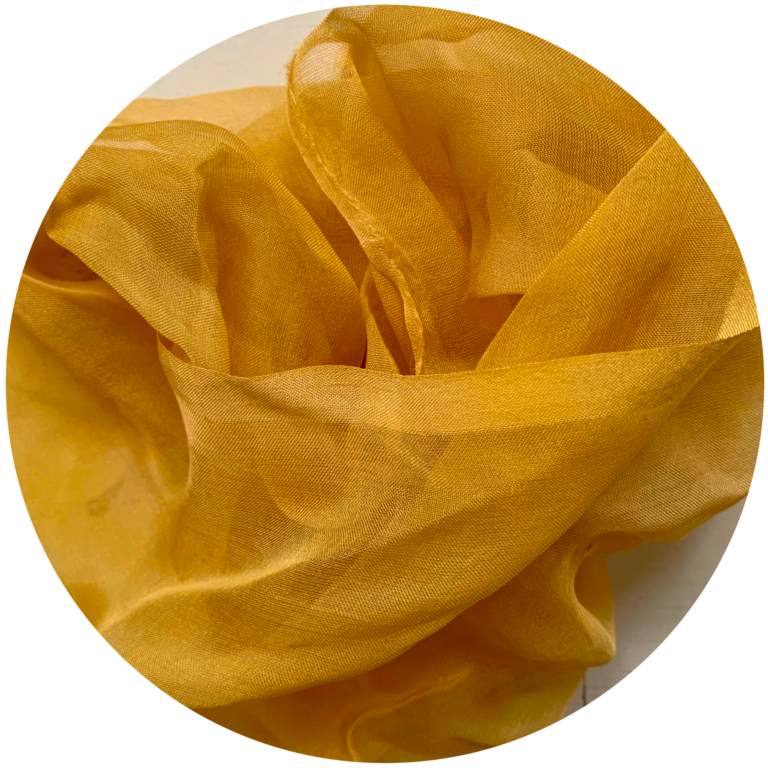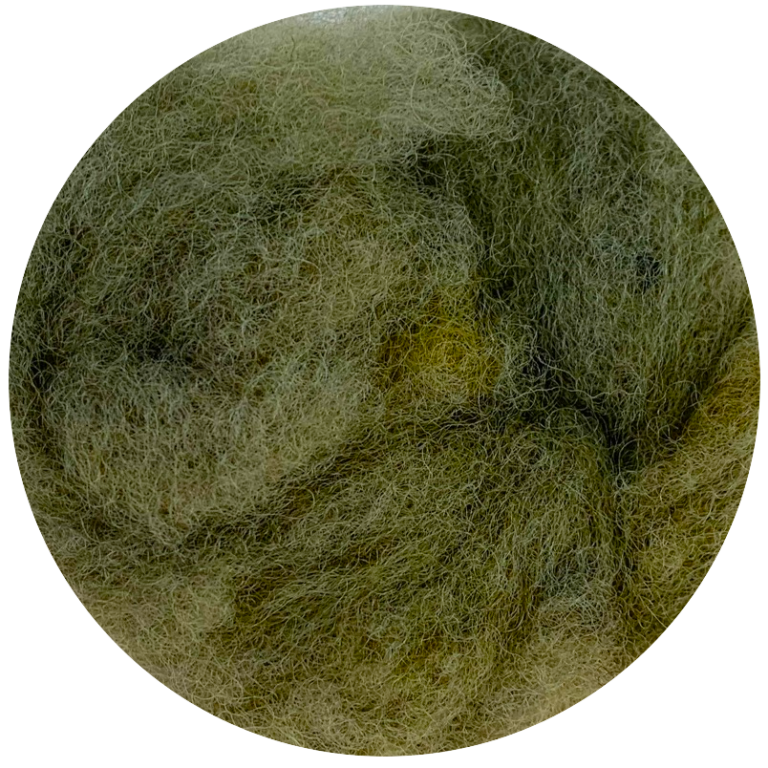matter: flowers
orange | green | yellow | red
WoF: 30%
alternates: coreopsis -grandiflora, -lanceolata
Also known as Dyer’s coreopsis or Girl’s eyes in Dutch (Meisjesogen), this yellow-orange-burgundy flowering plant is a common character in various gardening landscapes. Originally from North America, coreopsis is a tall, proud-looking plant that grows upright, reaching up to one meter in height.
The seeds of the plant bear a resemblance to ticks, hence the commonly used name ‘tickseed’ in English. Additionally, the more scientific name ‘coreopsis’ has an interesting origin, as it comes from the Greek ‘koris’, meaning bedbug – also focusing on the tick-bedbug-resembling seed rather than the bright and attractive flowers of the plant.
As the epithet ‘tinctoria’ suggests, this flowering friend has historically been a popular source of natural dye. Blooming abundantly, the flowers can be used to create stunning shades of yellow, red, green and orange.
Initially, it was indigenous peoples in North America who used the flowers of this type of coreopsis as a dye. Following traditional techniques, the Zuni used the blossoms of the coreopsis to reach a mahogany red to color yarn. The plant however served multiple purposes and was also brewed into a tea that women drank if they desired baby girls.
As European colonialists and trade began crossing the Atlantic to North America and back, knowledge about coreopsis and its colorful potential began to spread, and this adventurous flower was incorporated into dyeing practices across continents. While it has historically been a popular player in the natural dyeing universe, it has lost some of its popularity over the years. However, we could expect a comeback, as it is a plant that grows quite easily in Dutch soil and produces stunning colors that should not be overlooked.
PLANT GUIDE
planting period
spring
harvest period
early summer – late fall
soil
pH 6-7
sun
full sun / partial shade
water
water regularly (although somewhat drought-tolerant)
planting
scatter seeds evenly at least 5-10 cm apart and without covering them with soil
germination
coreopsis germination takes around 10-14 days. Keep the soil constistently moist throughout this period.
maintenance
coreopsis is a relatively low-maintenance plant.
Pinch off flowers to encourage flower production.
flower harvest
harvest flowers continuously after 8-10 weeks. Thereafter new blooms will come in after 2-3 days. Deadhead the fully developed flowers regularly to increase continuous blooming, leading to more dye matter within one blooming cycle as well as preventing self-seeding. Therefore, place two fingers below the flower crown and apply soft pressure upwards till the flower snaps off close to the stem. Use the flowers right away or place them onto an absorbing towel to dry before storing them.
